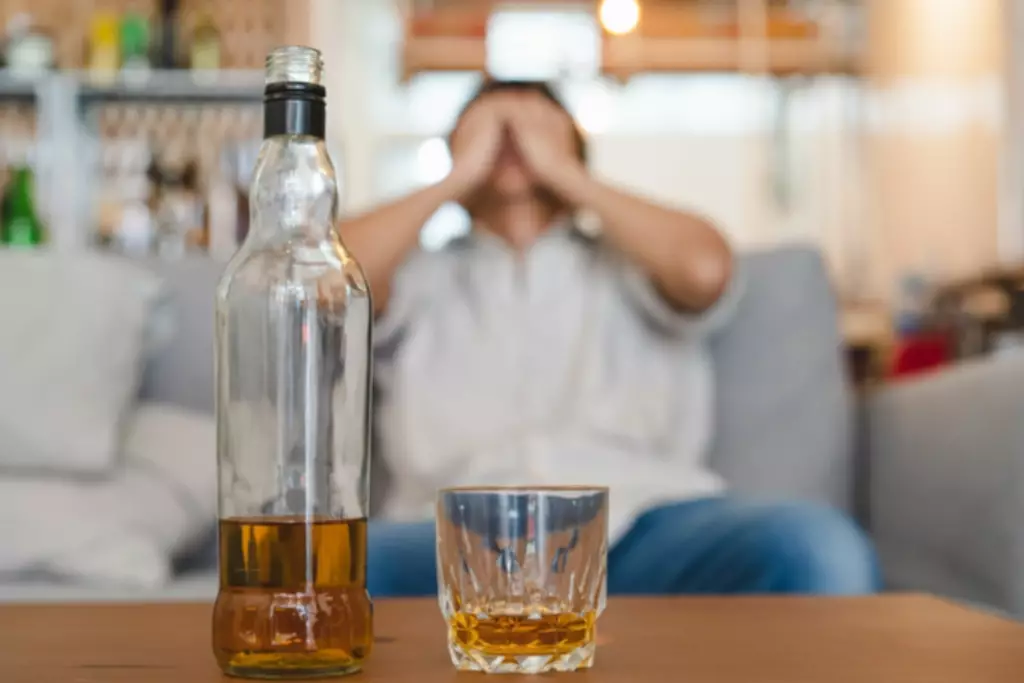
In this article, we’ll explore what dry drunk syndrome really is and how you can help your loved one cope with life after addiction. Believing that simply quitting alcohol is enough can lead to stagnation in your recovery journey. Active participation in recovery activities is essential for long-term success. If you have not dealt with the emotional pain, trauma, or stressors that led to your alcohol use, you may find yourself struggling with dry drunk syndrome.
Oftentimes, Substance Use Disorders and Problem Gambling Go Hand in Hand
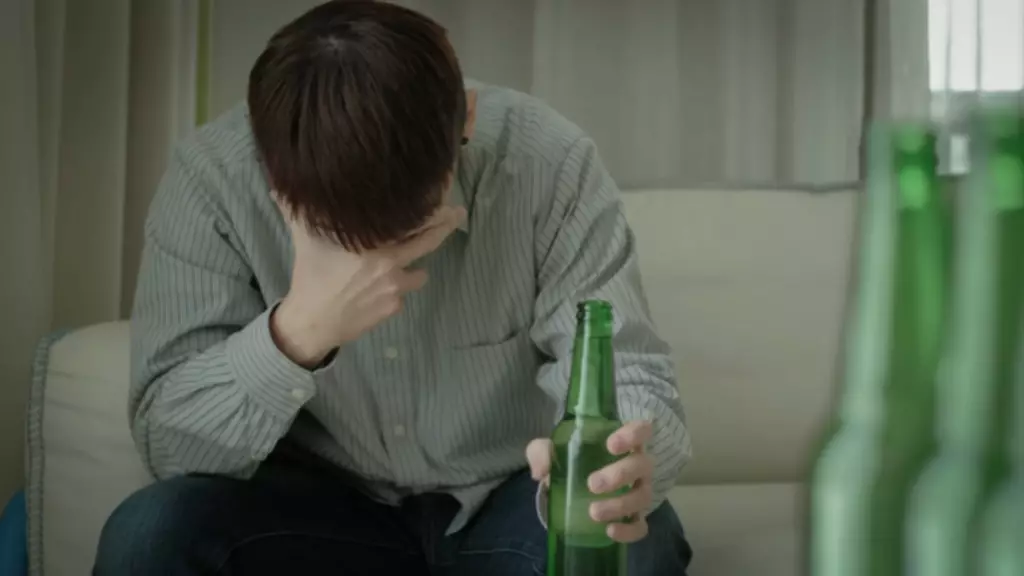
Addiction Resource is an educational platform for sharing and disseminating information about addiction and substance abuse recovery centers. Addiction Resource is not a healthcare provider, nor does it claim to offer sound medical advice to anyone. Addiction Resource does not favor or support any specific recovery center, nor do we claim to ensure the quality, validity, or effectiveness of any particular treatment center.
Emotional Triggers
Post-acute withdrawal syndrome (PAWS) is the stage in which a person has moved past the acute stage of withdrawal but continues to experience psychological effects. The acute stage of withdrawal typically refers to the 24 hours after our last drink, whereas PAWS symptoms can last up to six months. Some common experiences of PAWS include mood fluctuations, lower stress tolerance, insomnia, anxiety, depression, and longing for a drink. Let’s examine further what dry drunk means and explore some ways to better manage the symptoms that can accompany the condition. The journey to sobriety is no walk in the park, but having a better understanding of its challenges can help us make sure we stay on track. Before we get into the common challenges and how to overcome them, let’s first understand what “dry drunk” means.
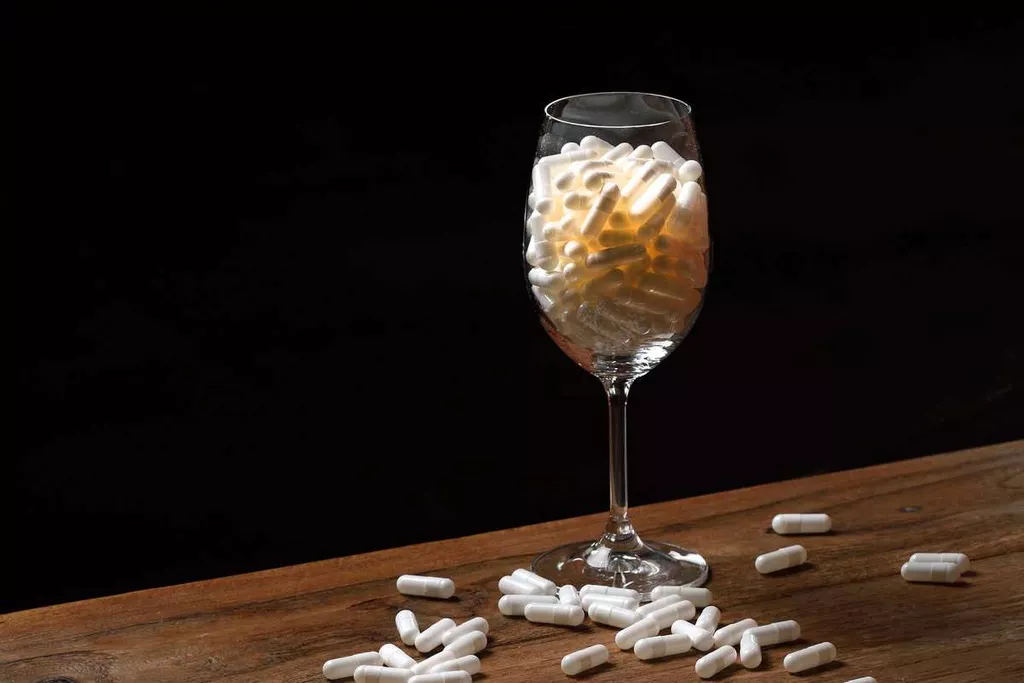
What Are The Warning Signs Of Dry Drunk Syndrome?
- Though dry drunk syndrome is common, not everyone who experiences the syndrome will experience it the same way.
- It’s crucial to manage these feelings by setting realistic expectations and understanding that healing and achieving life goals take time.
- For recovery to be successful, you must deal with any mental health issues or trauma contributing to your substance abuse problems.
- When you call Rolling Hills Recovery Center you can trust that you will find the help you need – at no cost or obligation to choose our program.
- In some cases, dry drunk syndrome can last for multiple years after a person has stopped drinking.
- They have undergone medically supervised detox and are now attending a professional addiction treatment program as well as a local 12-step group.
However, this can also be caused by the changes in brain chemistry that you experience during withdrawal. Similarly, a difficulty in maintaining relationships can be a sign of dry drunk syndrome. However, alcoholism symptoms if your friends have been a part of your drinking, it’s likely you won’t see them as often as you get sober. Consider your symptoms as a whole, and if you’re worried, talk to a therapist or mentor to get a second opinion. Dry drunk syndrome is a common challenge facing many individuals in early recovery.
- However, if you don’t address deeper issues like anger, guilt, or shame, it’s hard to make real progress.
- People with addiction often view themselves, others, and the world around them negatively.
- But if there is a root cause or reason why a person was drinking that is not addressed, other negative emotions and behaviors may continue.
- Breaking the cycle of addiction and achieving lasting recovery requires more than simply abstaining from alcohol consumption.
- A treatment center will attempt to verify your health insurance benefits and/or necessary authorizations on your behalf.
- It was initially used to describe someone who is no longer drinking but has some of the same behavioral issues and difficulties they experienced when they were drinking.
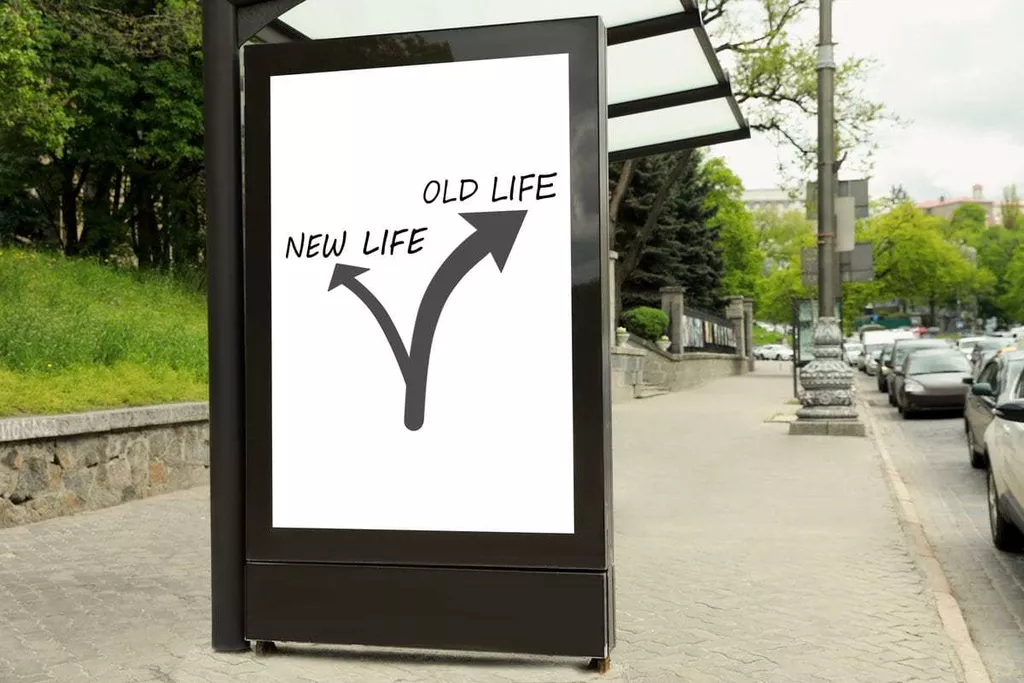
Learning the symptoms of dry drunk syndrome as well as a few strategies to better cope can help you or someone you love to move past this stumbling block toward lasting recovery. Dry drunk manifests as a part of the condition called post-acute withdrawal syndrome. PAWS refers to a wide variety of symptoms that begin to appear after acute alcohol withdrawal has resolved. Patients describe it as a rollercoaster of symptoms, which manifest unexpectedly. People who want to give up drinking without resolving other issues often experience dry drunk syndrome.
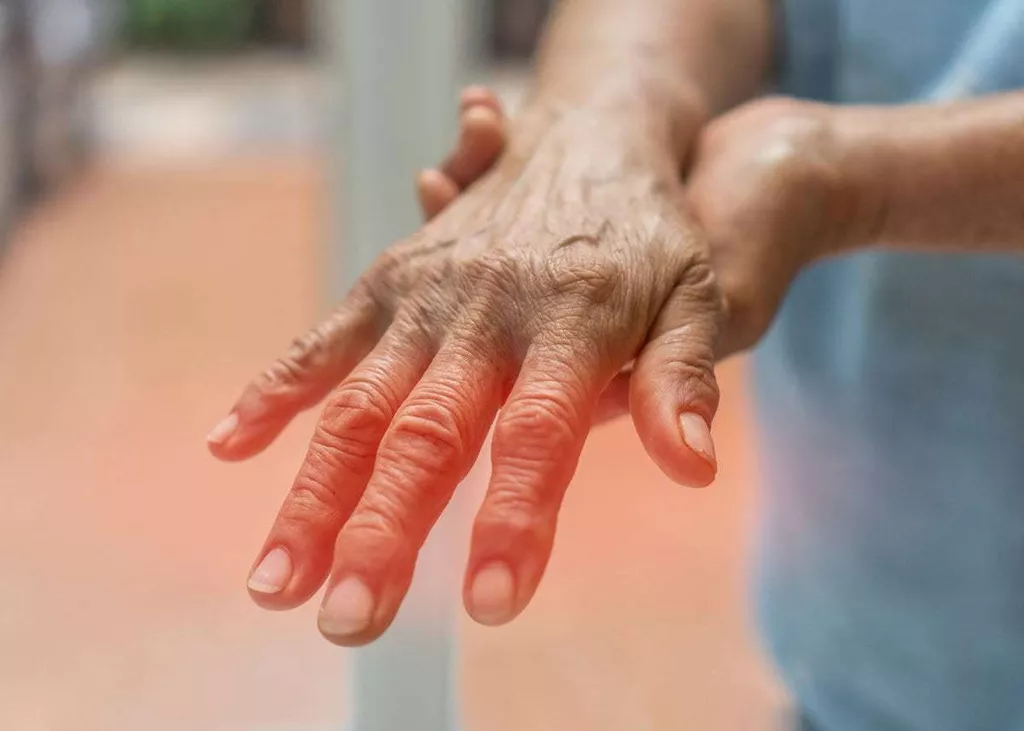
The belief is that once they have quit drinking or completed rehab, there will be an improvement in all the currencies of their lives. So when this doesn’t happen or happens too slowly, discouragement, frustration, and depression set in. For many people in recovery, the expectation after going through an alcohol rehab program is to return to their earlier “normal” lives and function independently and efficiently without drinking.
Individualized, evidence based treatment, to fit your needs.
Once you’ve identified that this may be what you are experiencing, you can reach out for help from your healthcare provider, support groups, 12-step facilitation therapy, and your loved ones. Connecting with people who can help support you in establishing new healthy coping skills can help you progress through protracted withdrawal. dry drunk syndrome If you are sober but not receiving treatment, you may be at risk of replacing your alcohol addiction with a different addiction. This is due to not dealing with the underlying issue that led you to start drinking in the first place. For you to be able to move from being sober to being in successful recovery, you must deal with any trauma or mental health issues that contributed to your alcohol use disorder.
- In contrast, active addiction involves ongoing substance abuse and dependence, with individuals actively engaging in behaviors to obtain and use substances.
- You’ll also have the opportunity to connect with our licensed Reframe coaches for more personalized guidance.
- If you have quit drinking but are still struggling with the negative and destructive attitudes and feelings you did during active addiction, you may be dealing with dry drunk syndrome.
- Always consult a medical professional first to get the right treatment advice.
- Recognizing that you may be experiencing dry drunk syndrome or protracted withdrawal is the first step toward getting help.
- It is generally admitted that alcohol abuse causes persistent structural brain changes, which are in the very definition of PAWS.
- You may still be dealing with the stages of denial, anger, bargaining, and depression before finally reaching the point of accepting the absence of alcohol in your life.
If you are struggling with extended withdrawal symptoms, you should reach out to your healthcare provider for extra support and treatment referrals. Ultimately, the goal is to create a healthier mental state so that individuals can learn how to cope with sobriety without relying on unhealthy behaviors from the past. With hard work and dedication, it is possible for those struggling with the dry drunk syndrome to find lasting recovery from alcoholism and substance abuse. Dry Drunk Syndrome, or “dry drunk,” is a term used to describe someone who is abstaining from alcohol but still exhibits some of the same behaviors and attitudes of an active alcoholic.
